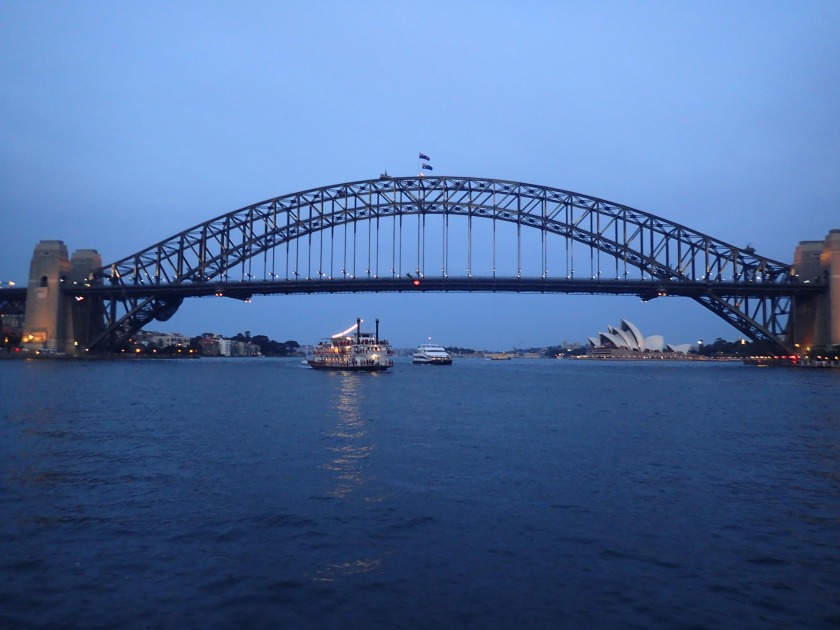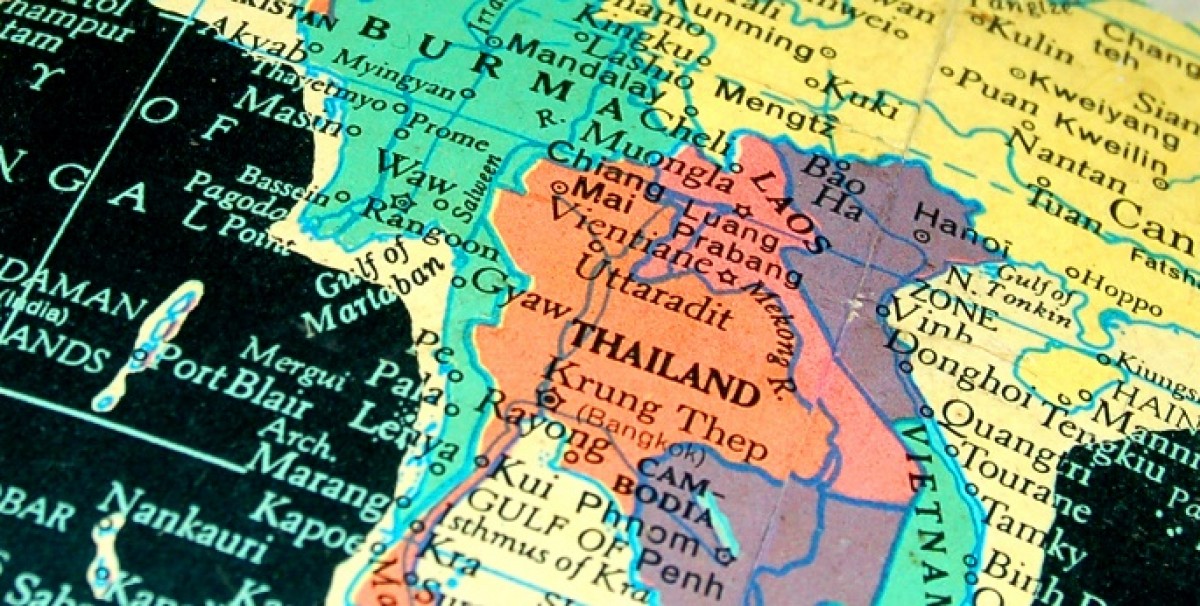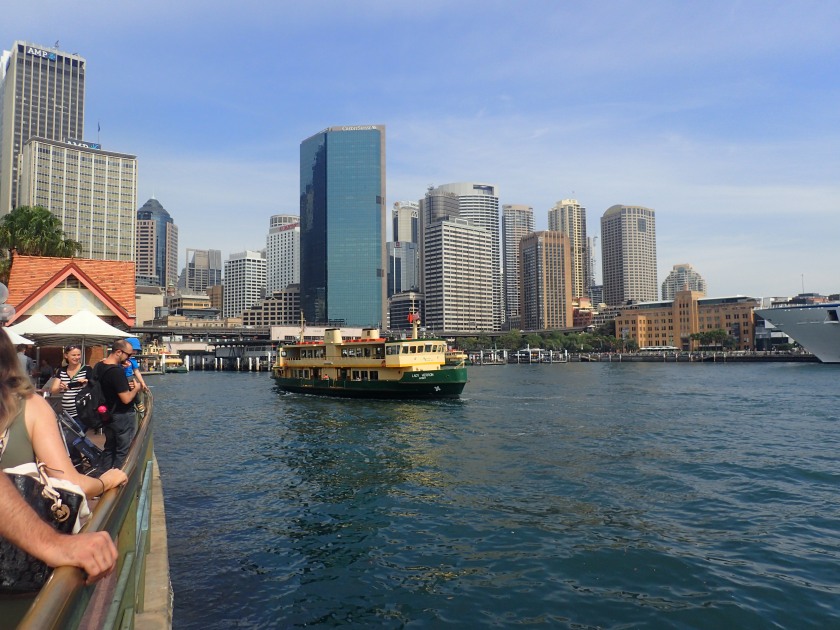Before heading to the Opera House for a concert, I went for a walk from my hostel through Chinatown towards Darling Harbour, stopping to visit the Chinese Garden of Friendship. Built to mark Australia’s bicentenary in 1988, as well as the bond between sister cities Sydney and Guangzhou in southern China, it is a classical Chinese garden designed around Taoist principles. The garden marries together aspects of natural landscapes like waterfalls and mountains with built structures and carefully selected plants, in a tradition dating back thousands of years, and it was completely lovely and serene.
It is a long standing myth that the design of the Sydney Opera House was inspired by the white sails of boats coming and going from the nearby Circular Quay. It makes sense to a certain degree; the building’s position on Bennelong Point, jutting out into the harbour, and the way that the building invites you to view it from all angles, including from the water, means it has an definite connection with its surrounding. But I didn’t think it looked like sails at all; the angles of where the masts would be are all wrong, and the rooves are all too rounded; they don’t ‘billow’ at the bottom and taper off at the top like a sail does. Still, it was reported everywhere, from TV shows to guide books, even on the Australian Government website , so I thought I must have been looking at it wrong. It turns out, however that the roof was inspired not by boat sails, but by the architect Jorn Utzon peeling an orange. It’s a segmented sphere, and the fourteen roof ‘shells’ all fit together to form a sphere, like a giant spatial awareness puzzle. Looking at it like that, the structure made much more sense to me, although Utzon has said that he’s very happy that people see different ideas in the building’s form.

Inside, as I waited to go into the auditorium, it did feel a bit like being inside a boat. The wood panelling, the strange curved shapes and the wooden joists reminded me of a ship’s hull, and looking out of the huge glass windows onto the harbour I could have been at sea
.
I had bought my last minute tickets for the Proclaimers’ show a few hours earlier, and I couldn’t believe how good my seat was; high up, right in the centre with a good clear view. Despite seating over 2,600 people the Concert Hall felt quite cosy and intimate, and the gig was great. The audience seemed to be made up largely of Scottish diaspora, with plenty of kilts and tartan on show, although a few of the people sitting near me commented that they couldn’t understand a word of what the duo were saying. Highlights included ‘Letter from America’, which was really quite poignant in the setting, and ‘Cap in Hand’, which got a surprisingly strong reaction, but my absolute favourite was ‘Sunshine on Leith’, which prompted a few dozen Hibs fans dotted around the auditorium to stand up with their scarves and banners and sing along in full football crowd voice, to the bemusement of most of the rest of the audience.

Earlier on in the evening I had taken the public ferry from the newly regenerated Darling Harbour, busy with waterfront bars and restaurants, around Miller’s Point towards the Opera House. Passing under the Harbour Bridge I got a different view of the city and a new perspective of the Opera House, it’s glass arched panels opening onto the water and the roof segments fitting neatly inside each other. This is what I like about Sydney I think. Not only is it very picturesque, but it invites you to move around, to see the buildings and the harbour from different angles, and in that way to discover these familiar sights for yourself.

















